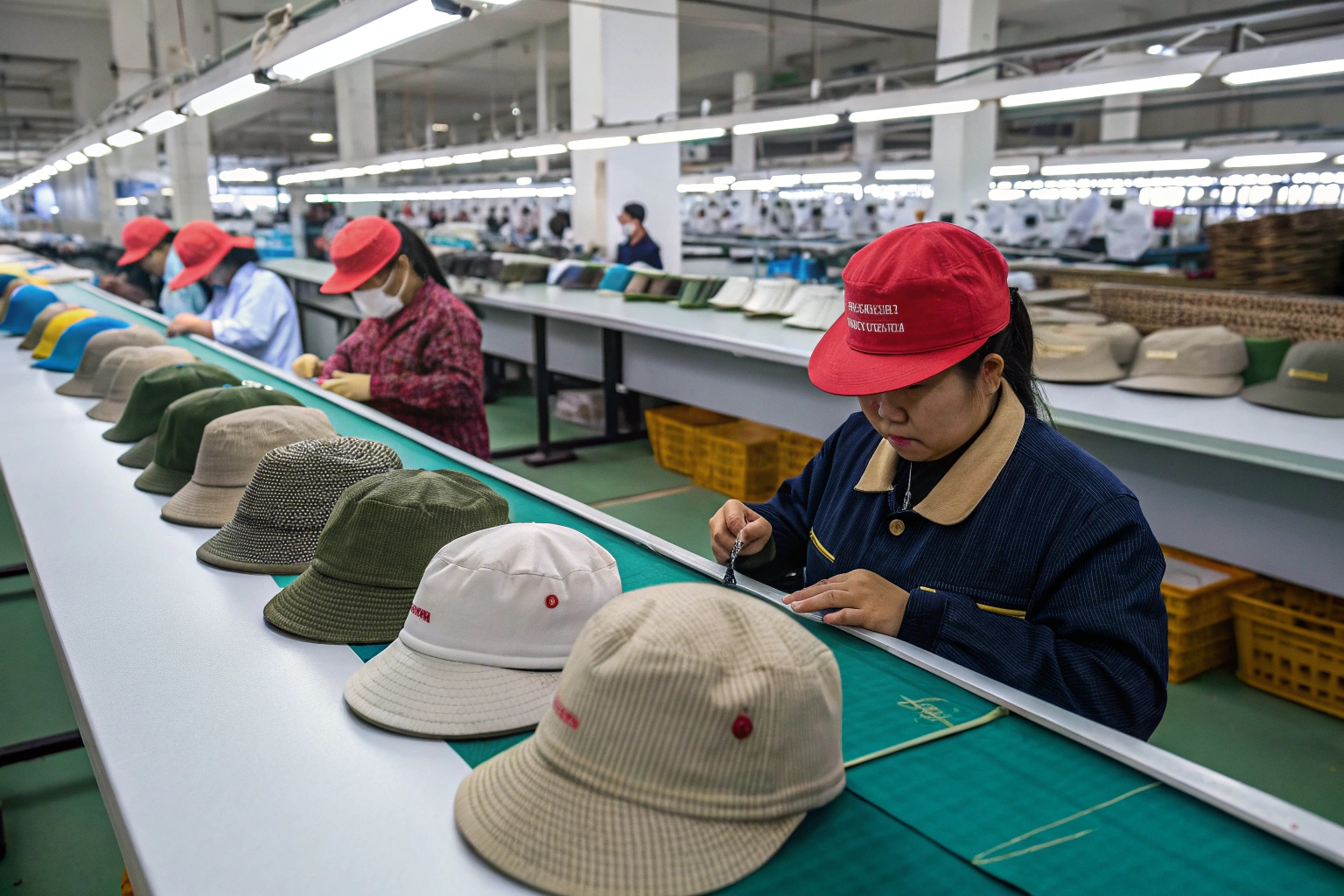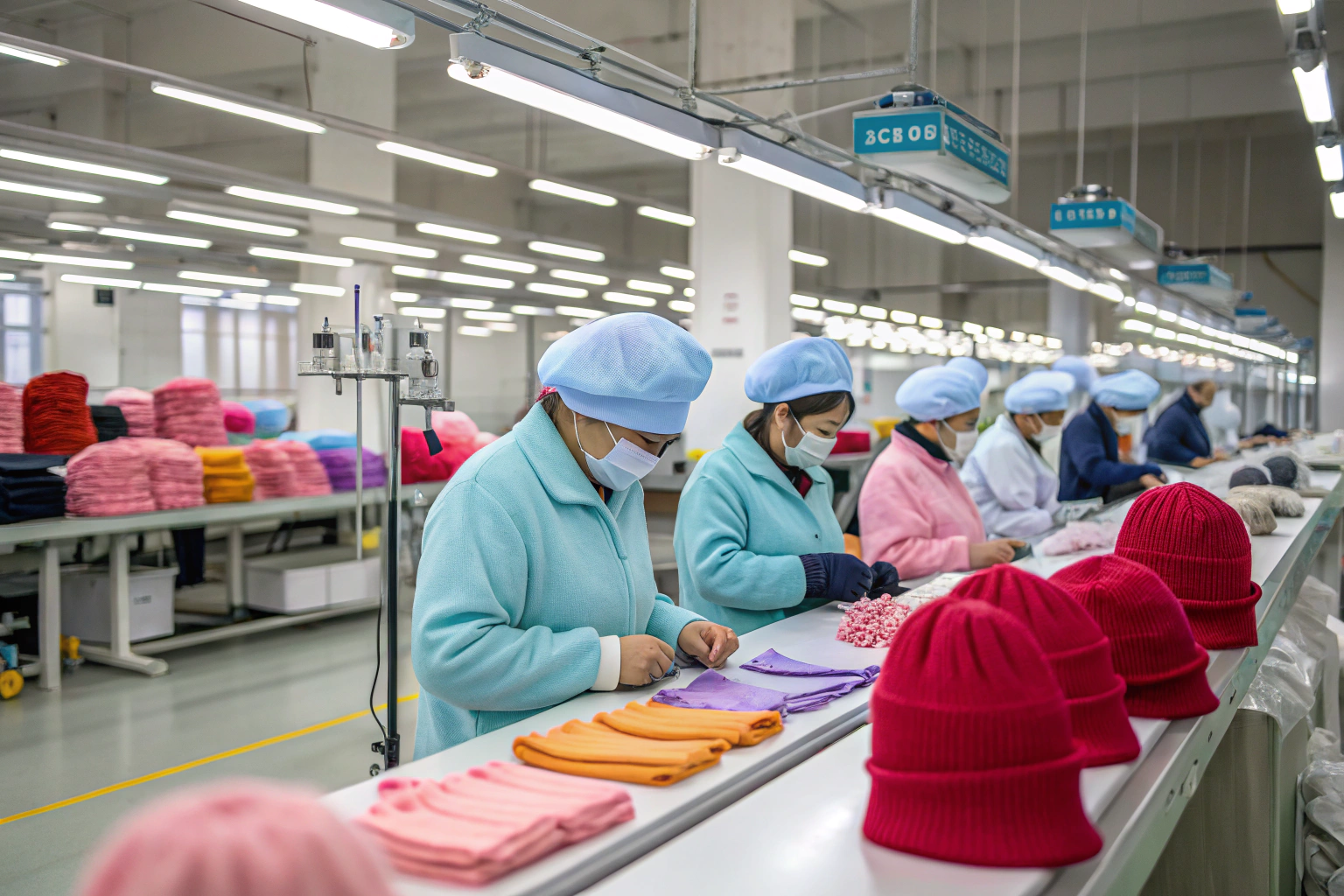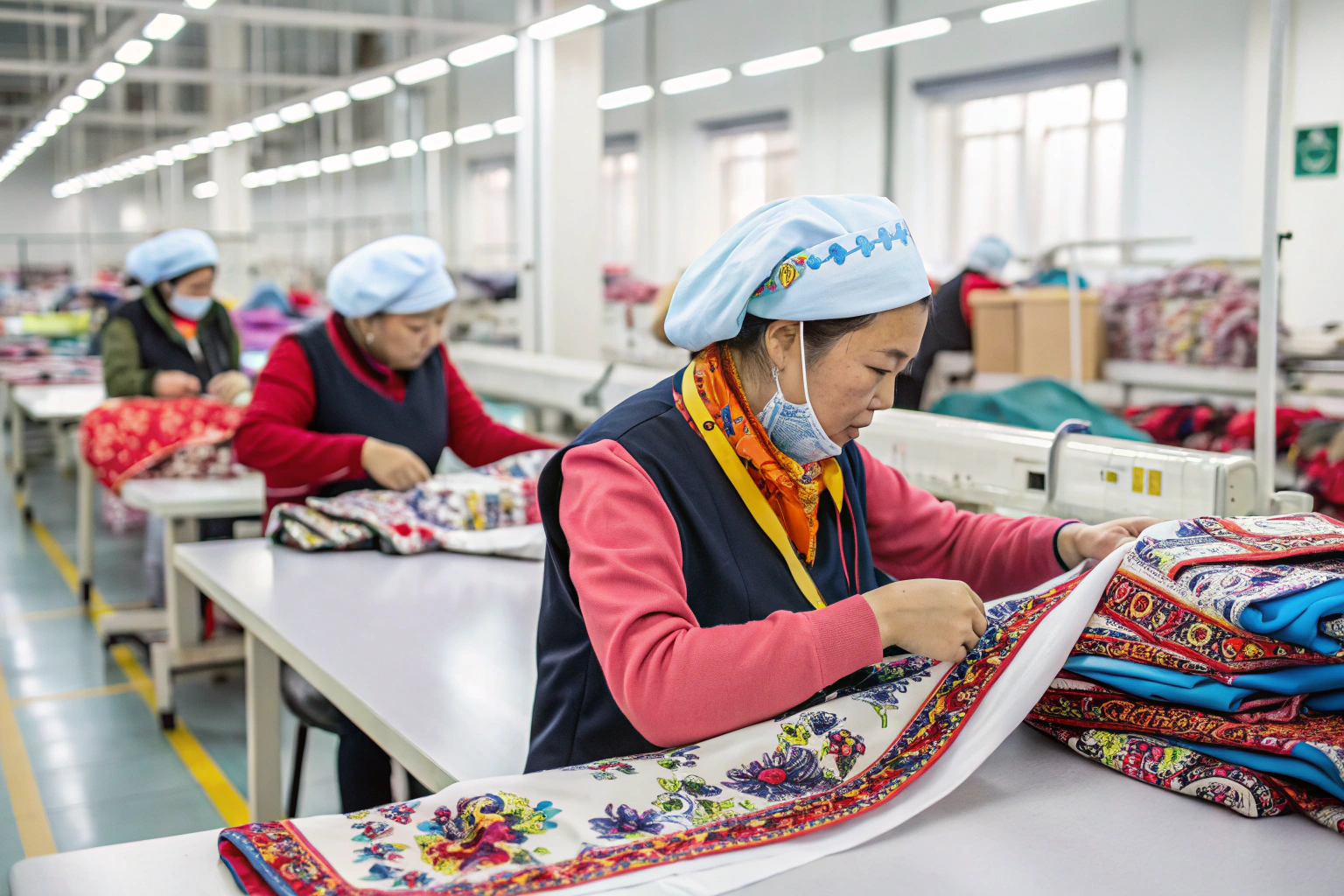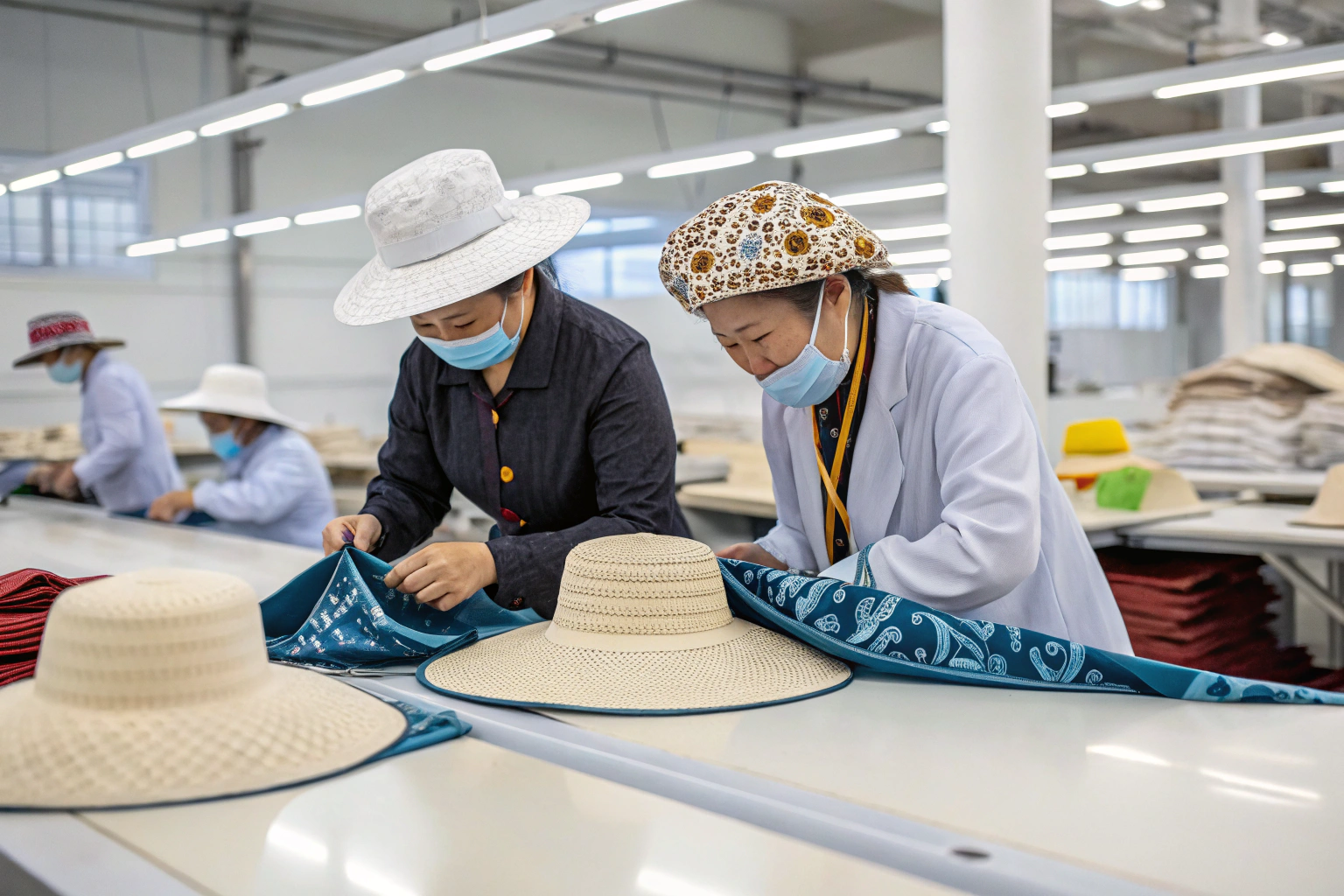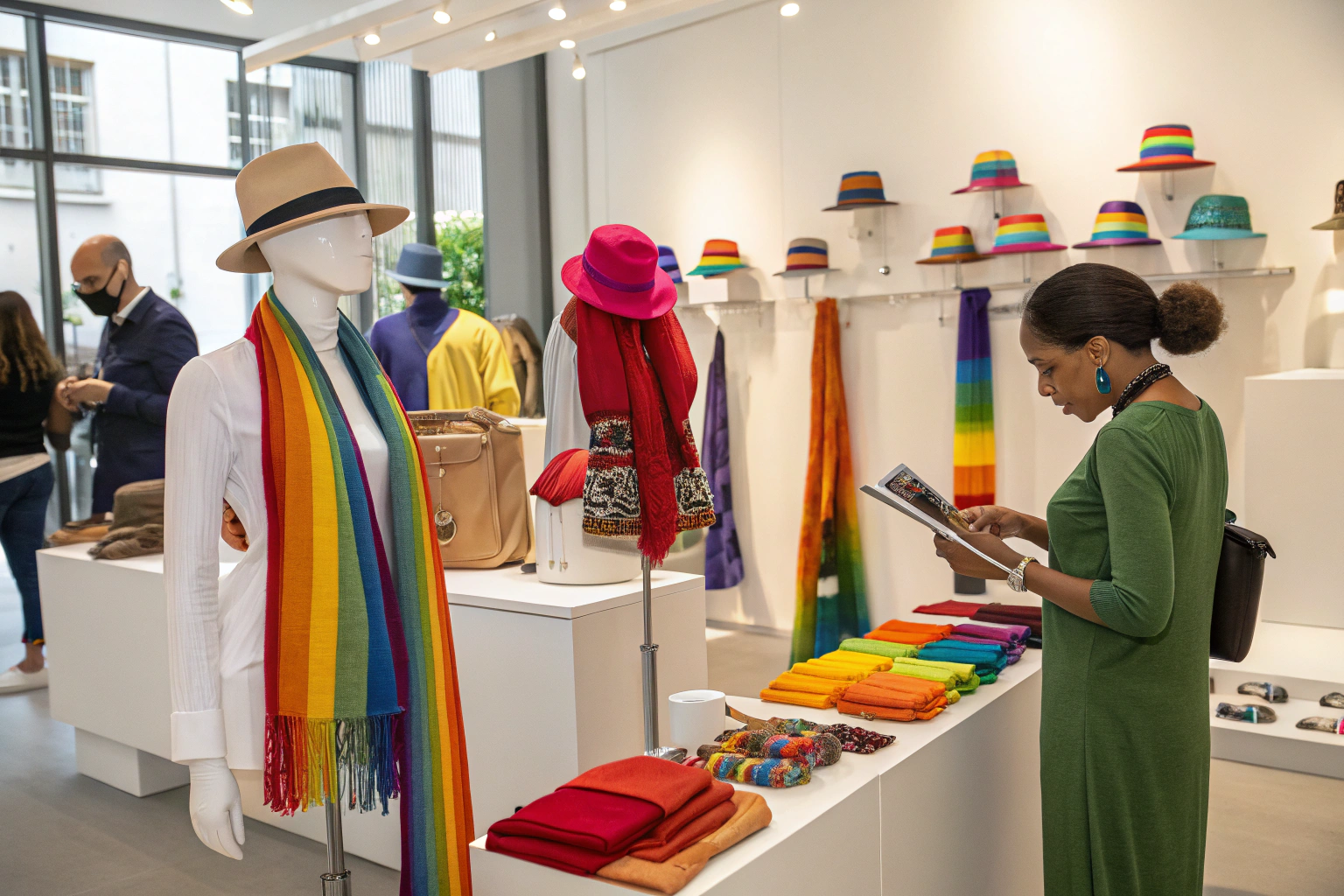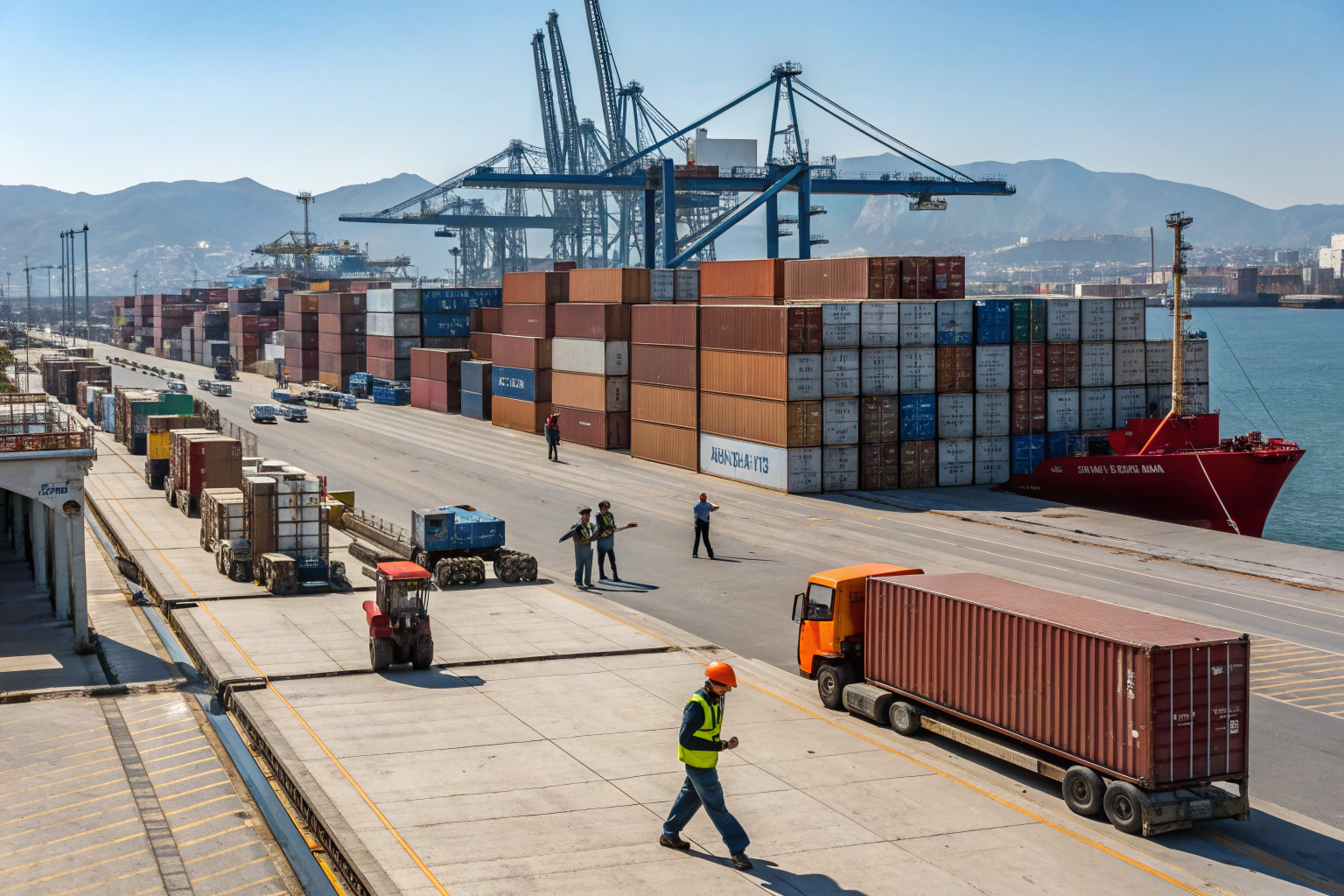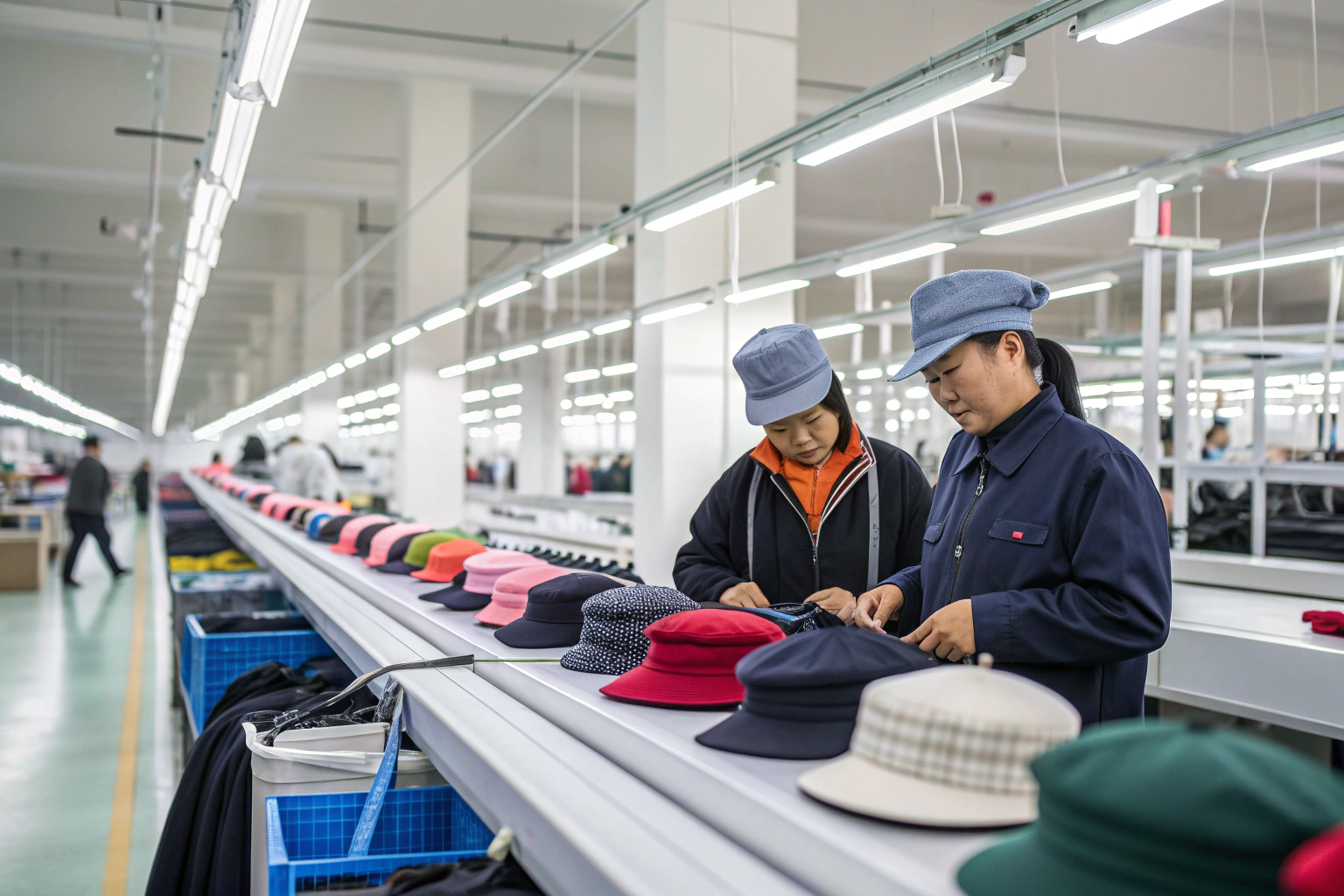You’ve finalized your design. Production is ready. But your woven labels still haven’t arrived—and your order deadline is slipping.
Understanding the true lead times for custom woven labels from China is essential to avoid delays, ensure smooth production, and manage client expectations.
As a manufacturer who supplies woven labels to brands across the U.S. and Europe, I’ve seen how planning ahead—even just by a few days—can save weeks of trouble.
What are the lead times for shipping from China?
No matter how fast production goes, logistics often sets the real delivery date.
Shipping lead times from China depend on the method: air takes 5–12 days, sea takes 20–40 days, and express services (like DHL or FedEx) usually deliver in 3–7 days depending on your U.S. location.
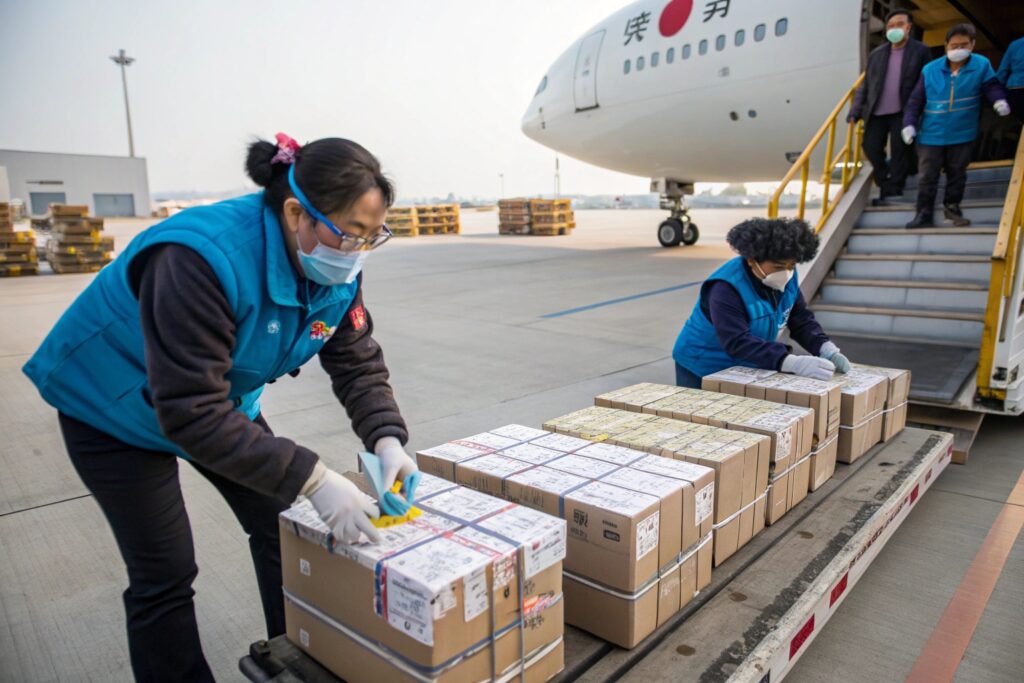
Why is understanding transit time critical when planning custom woven label orders?
Labels are small and light—easy to forget—but they can hold up a full garment shipment if delayed. We often recommend sending labels by express or air freight, even when your apparel goes by sea.
Here’s a quick reference:
| Method | Avg Time (to U.S.) | Use Case |
|---|---|---|
| Express (DHL) | 3–7 days | Sample batches, urgent orders |
| Air Cargo | 7–12 days | Medium volume, fast turnaround |
| LCL Sea Freight | 25–35 days | Bulk orders with long deadlines |
| FCL Sea Freight | 20–30 days | Full containers of regular labels |
Some buyers prefer to send labels ahead of the main product to avoid production delays. We can time these to arrive at your sewing factory just before your final stitching date.
How can small retailers optimize shipping cost vs. speed?
For orders under 30kg, express is often more economical than air freight. Over 50kg, air cargo becomes more competitive. For big label batches, sea makes sense—but only with long lead times.
We help clients choose the best method based on volume, budget, and production schedule.
What are woven labels made of?
You see them on every collar or hem—but what exactly are they made from?
Woven labels are typically made from polyester, damask, satin, or cotton threads, woven on specialized looms to create permanent, durable branding tags for garments and accessories.
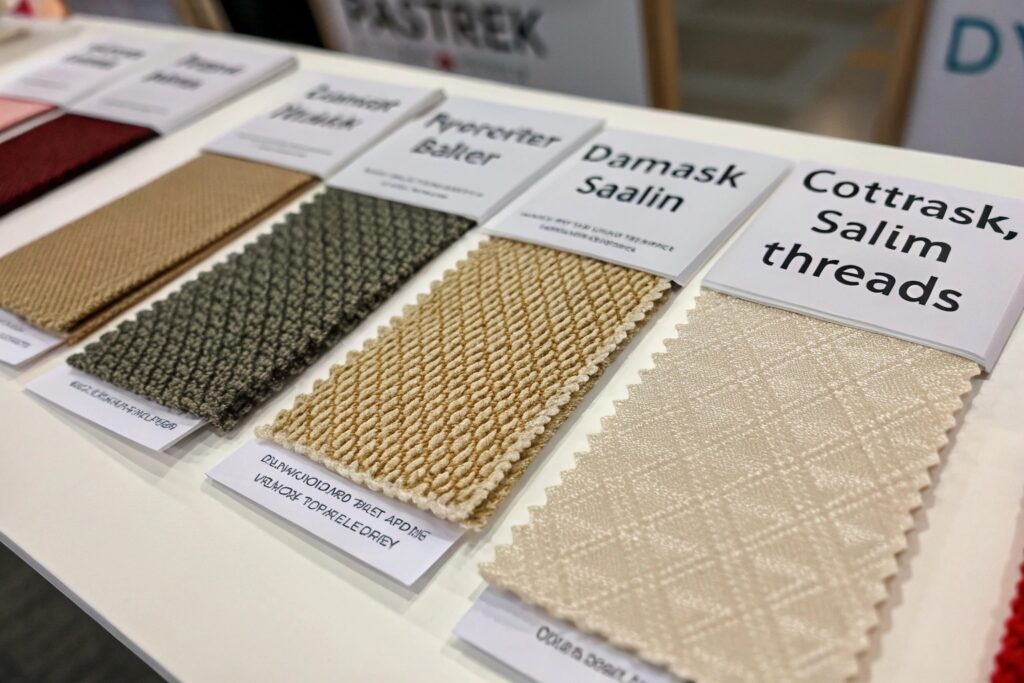
What’s the difference between damask, satin, and taffeta labels in terms of lead time and look?
Each material has a different appearance and production time.
| Material | Texture | Durability | Typical Lead Time |
|---|---|---|---|
| Damask | Smooth, detailed | High | 5–7 days |
| Satin | Glossy, soft | Medium | 6–9 days |
| Taffeta | Crisp, matte | Medium | 4–6 days |
| Cotton | Natural texture | Low–Med | 7–10 days |
Damask is the most common for retail garments because it allows fine detail and lasts through washing. Cotton takes longer due to lower loom speed and less availability.
We often suggest clients sample 2–3 types to see what matches their brand style.
Why does material choice impact both production and shipping timelines?
Some materials require special looms or imported yarns. For example, satin thread may be out of stock during busy seasons, adding 2–3 extra days.
If you have a deadline, choosing a common thread (like damask) helps avoid delays. We keep stock of popular colors and threads in-house for this reason.
Typical Production Timelines for Woven Label Orders
Even a small woven label order involves setup, weaving, cutting, folding, and QC.
A typical woven label production timeline is 5–10 working days after sample approval. Rush orders are possible, but quality and detail may be affected if lead times are too tight.
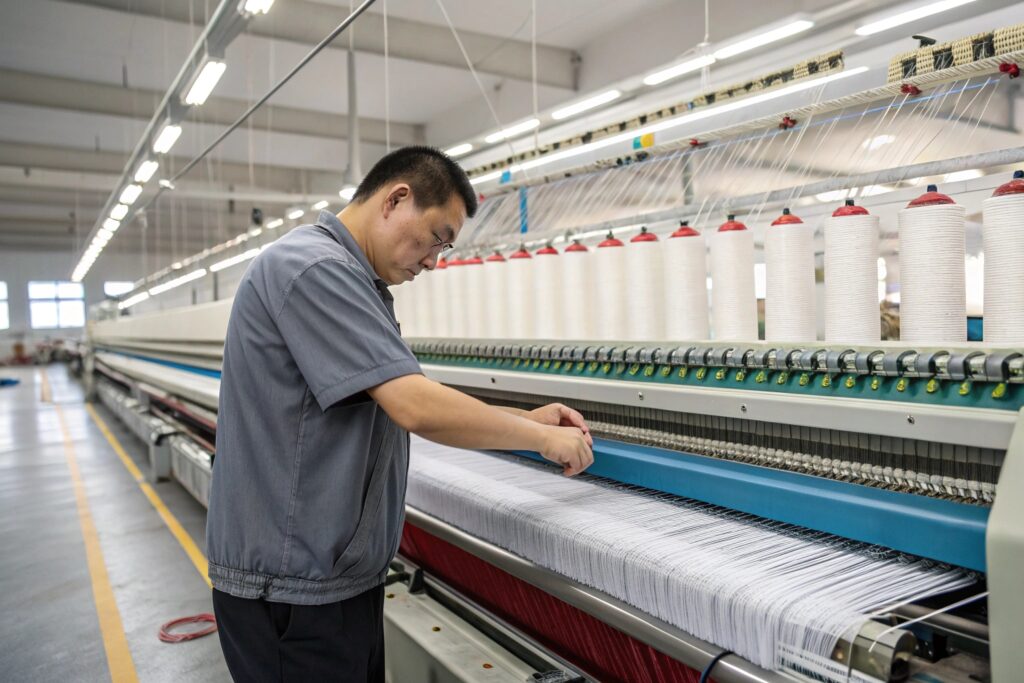
What are the steps involved in producing a woven label and how long does each take?
Here’s a typical breakdown:
| Step | Duration | Notes |
|---|---|---|
| Artwork Review | 1 day | Editable AI or PDF files needed |
| Loom Setup | 1–2 days | Depends on factory availability |
| Weaving | 2–4 days | Slower for high detail |
| Cutting & Folding | 1–2 days | Can add time if complex folds |
| QC & Packing | 1 day | Includes final count and wrap |
For repeat orders, we skip setup and artwork review, cutting time by 2–3 days.
Can buyers speed up production without sacrificing quality?
Yes, if certain things are prepared early:
- Confirm label size and fold type in advance
- Approve digital mockups quickly
- Avoid excessive color changes (each adds loom time)
- Use existing templates for reorders
We’ve fulfilled 5,000-label rush orders in 4 working days when the client provided exact specs and responded to proofs immediately.
Factors That Affect Label Lead Times in China
Lead time is not fixed—it changes with seasons, complexity, and how fast decisions are made.
Key factors that affect woven label lead times include order volume, complexity, seasonal demand, material availability, and communication speed between buyer and supplier.
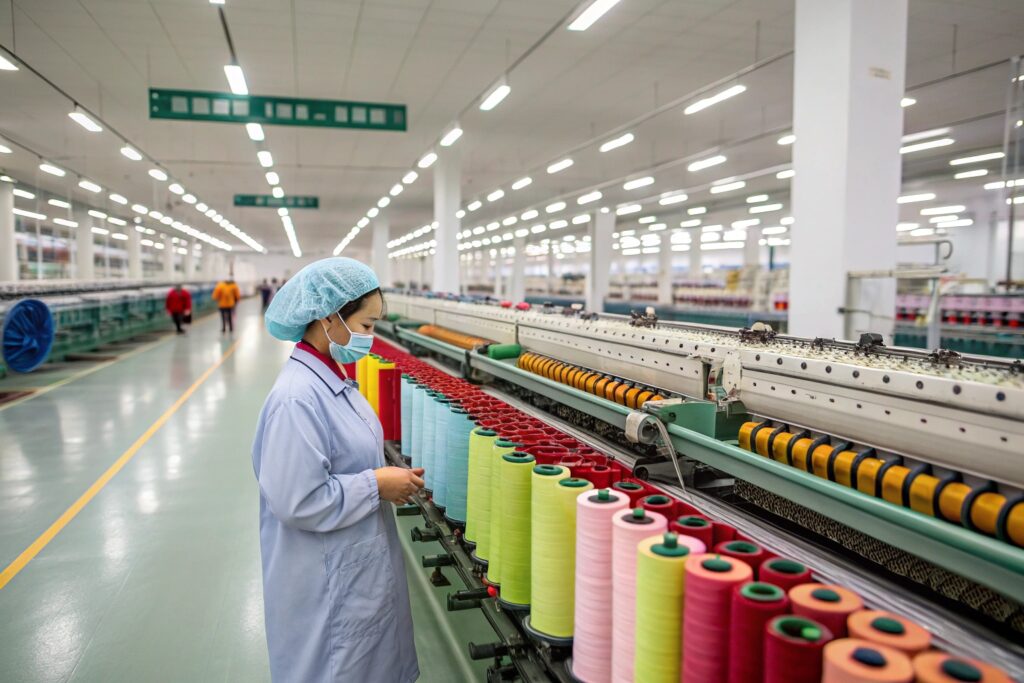
Why do lead times stretch during peak seasons or national holidays?
During Chinese New Year (Jan–Feb) and October Golden Week, most factories shut down for up to two weeks. If you submit orders just before, they’ll likely be delayed until workers return.
We advise buyers to order woven labels at least 3–4 weeks ahead of these holidays. We also stock backup thread during peak months to avoid raw material shortages.
How do design details—like thread colors and fold types—influence turnaround time?
The more details, the longer it takes. For example:
- Metallic threads = slower loom speed
- Double folds = more labor per piece
- Multiple colors = more loom setups
Simple straight-cut labels in 1–2 colors are the fastest. If you’re launching a new line, start simple—then scale up the complexity for your next order.
We work with brands to match their design needs to production speed. It’s all about balancing aesthetics with timelines.
Conclusion
Woven label lead time depends on far more than just production speed—it’s a balance of planning, material choices, communication, and logistics. For smoother results, start early, keep it simple, and work with a factory that understands your timeline.

